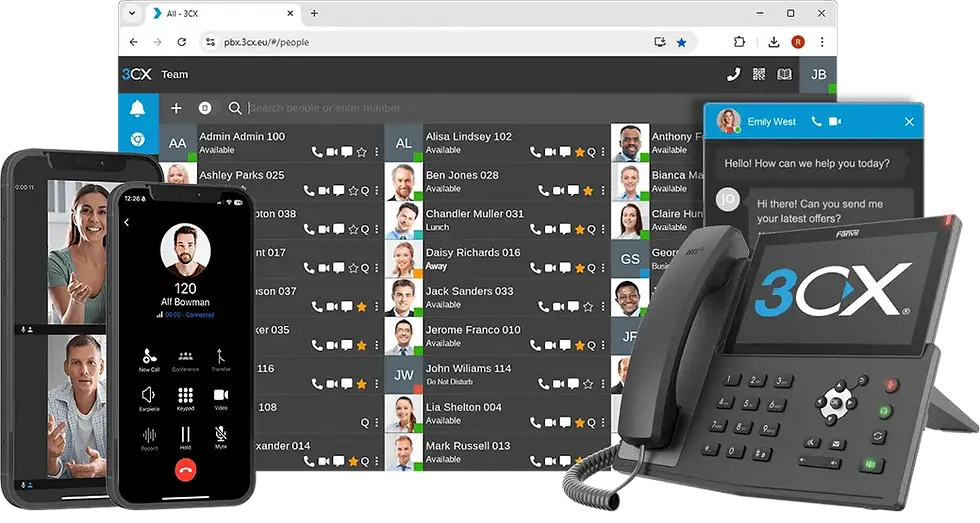Understanding CVE-2025-9242 – What the WatchGuard Firebox Vulnerability Means & How to Protect Yourself
- Benji

- Sep 18
- 2 min read
Updated: Sep 22
What Is CVE-2025-9242?
CVE-2025-9242 is a critical vulnerability in the WatchGuard Firebox Fireware OS identified in advisory WGSA-2025-00015. 
It’s an Out-of-Bounds Write flaw in the iked process, which is part of WatchGuard’s implementation of IKEv2 (Internet Key Exchange version 2). 
Because of this vulnerability, a remote unauthenticated attacker could potentially execute arbitrary code on a Firebox device. 
The vulnerability affects both mobile user VPNs with IKEv2 and branch office VPNs using IKEv2 when those VPNs are configured with a dynamic gateway peer. 
Which Devices and Versions Are Affected
The issue spans a broad range of Firebox devices and Fireware OS versions. Some of the affected versions include:
Fireware OS 11.10.2 up to 11.12.4_Update1 
Fireware OS 12.0 up through 12.11.3 
OS version 2025.1 
It also affects multiple hardware models: Firebox T15, T35; various “12.x” T-series, Firebox Cloud, NV5, V models etc.

Severity & Impact
The CVSS score is 9.3 / Critical. 
Because it allows a remote unauthenticated attacker to write out of bounds and potentially execute arbitrary code, the risk is high. 
Even if certain vulnerable configurations have been deleted (e.g. dynamic gateway peer VPNs), Fireboxes may still remain vulnerable if a branch-office VPN to a static gateway peer is still configured. 
What Should You Do: Mitigations & Remediation
1. Patch as Soon as Possible
WatchGuard has released fixed versions of Fireware OS that resolve this vulnerability. Some fixed versions include:
2025.1 → 2025.1.1 
12.x → 12.11.4 
For Firebox T-series and other models, other corresponding patches have also been released. 
2. Workaround (if you can’t immediately patch)
If you can’t immediately upgrade:
Limit or disable branch office VPNs using IKEv2 with dynamic gateway peers.
Follow WatchGuard’s guidance for “Secure Access to Branch Office VPNs that Use IPSec and IKEv2” until the patch is applied. 
3. Audit Configurations
Verify whether your Firebox devices have been configured with mobile user VPN with IKEv2 or branch office VPNs with IKEv2 and dynamic gateway peers.
Even if those configurations were removed in the past, check if there are static gateway peer configs that might still leave a device exposed.
4. Review Security Posture
Ensure VPN endpoints are hardened and monitored.
Use network segmentation and limit access only to necessary systems.
Apply least privilege principles: only allow what is necessary for the VPN connections.
Why This Matters
VPNs are a critical piece of many organizations’ infrastructure. A vulnerability like CVE-2025-9242 has potential to grant access to internal network resources if a Firebox is compromised. The broad set of affected versions and devices increases the urgency.
Conclusion
CVE-2025-9242 is a serious vulnerability in WatchGuard Firebox devices. If you manage any Firebox appliance:
Check if your version is affected
Patch to a resolved version immediately
If unable to patch right away, apply the workaround
Audit your VPN configurations and access controls
Keeping your firewall and VPN infrastructure up-to-date is essential for maintaining overall network security.



Comments